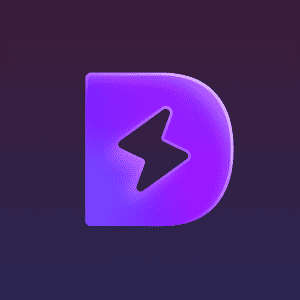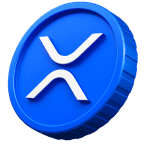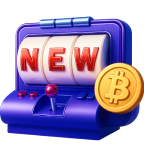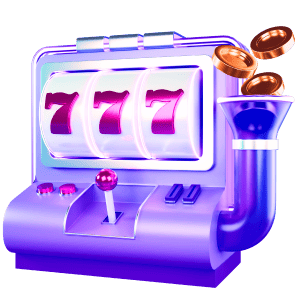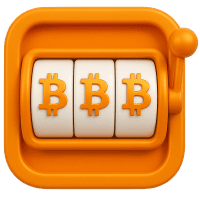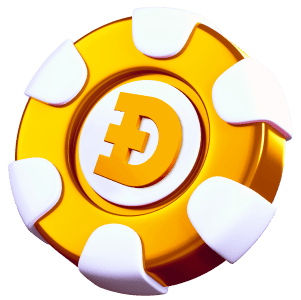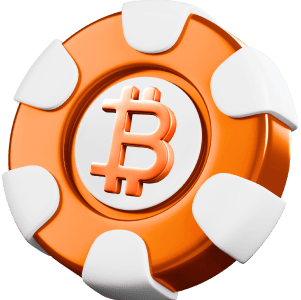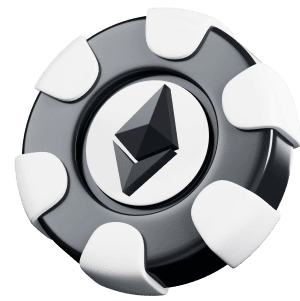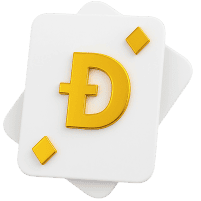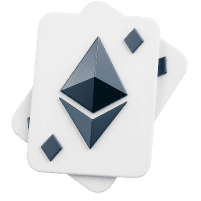Raydium Exchange Review 2025 takes you beyond hype and deep into Solana’s powerhouse DEX. We’ll explore what Raydium is, how fees work, what liquidity pools offer, and whether trading here fits your strategy. Expect clear examples, real numbers, 2 tables for quick comparison — and zero fluff. If you’ve wondered “Is Raydium safe?” or “how do concentrated pools work on Raydium?”, you’re in the right place.
Introduction to Raydium Exchange
Launched in early 2021, Raydium exchange quickly became a star in the Solana Raydium ecosystem. It combined the speed of the Solana network with an on-chain order book that talks to Serum, setting it apart from AMM-only platforms. Today, Raydium dex remains a top option for trading tokens, farming yield, and launching new projects via IDOs.
- Volume & liquidity: as of Q2‑2025, Raydium handles about $200M/day in swaps across its pools, with a total locked value of $850M spread over dozens of liquidity pools like RAY/USDC, SOL/USDT, and cross-chain LPs.
- Ecosystem synergy: Raydium integrates tightly with projects like Mango Markets, Jupiter aggregator, Phantom wallet, and Saber. That makes it a hub for decentralized crypto activity.
- Features at a glance:
- Concentrated liquidity: advanced LPs can specify tick ranges, reducing capital waste and improving capital efficiency — similar to Uniswap v3 but on Solana.
- Fusion pools: hybrid AMM plus Serum order book gives trades better depth and less slippage.
- Staking & farming: users can stake RAY tokens to earn rewards and farm LP tokens with up to 40% APY for early SOL/USDC providers.
- User experience: the UI is polished, view charts and pool stats instantly, with traction shown by active users: ~150K unique daily Raydium crypto wallets connected. The interface blends casual swap simplicity under “Swap” with power-user tools under “Advanced”.
In short, Raydium exchange offers both performance and DeFi composability — serving everyone from beginners looking to swap SOL to power-users optimizing LP strategies.
Key Features
Let’s be real — not every DEX deserves your liquidity or attention. But Raydium exchange packs enough innovation to stay ahead of the curve in 2025. Here’s a closer look at what makes this decentralized crypto exchange stand out:
Hybrid AMM + Order Book Model
Unlike many dexs that only use AMMs, Raydium dex routes trades through both its liquidity pools and the Serum central limit order book. This means traders often get better prices and tighter slippage, especially on larger orders. Think of it like getting the benefits of a centralized exchange, without sacrificing self-custody.
Concentrated Liquidity Pools
What is Raydium doing differently with liquidity? LPs can now deploy funds within custom price ranges — similar to Uniswap v3 — meaning less idle capital and more efficient yield. This upgrade turned Raydium crypto into a smarter home for yield farmers, optimizing every percentage.
Yield Farming & Staking
Farmers rejoice. With dozens of active farms and Raydium coin staking options, users can earn RAY, SOL, and other rewards. Top-performing pools, like RAY/USDC or SOL/USDT, still offer 20–40% APY, though APYs shift based on usage and emissions. It’s a robust play for long-term trading strategies.
Launchpad: AcceleRaytor
Forget the lottery-style launchpads. Raydium’s AcceleRaytor lets you participate in new Solana Raydium projects with transparency. You can view previous IDOs, allocation models, and tokenomics — all directly on the server.
Speed & Fees
Built on Solana, Raydium executes swaps in less than a second with fees under $0.01. That’s faster and cheaper than most Ethereum dex platforms, and a huge advantage for active trading or bot setups.
UX & Analytics
Charts, pool data, APR breakdowns, Raydium trade history — all baked into the UI. Power users get deep metrics, while newcomers just hit “Swap” and go. Add wallet? Click Phantom. Want to farm? Click “Liquidity” — “Add”. Done.
Trading Fees & Limits
Fees matter — especially when you’re swapping multiple times a day. One of Raydium exchange’s biggest selling points is how cheap it is to use. If you’re coming from a high-gas Ethereum DEX, you’ll breathe a sigh of relief.
Let’s break it down.
Trading Fees
Raydium charges a flat 0.25% fee per trade, split like this:
- 0.22% goes to liquidity providers.
- 0.03% is collected as protocol revenue — goes toward burning or treasury.
This structure is competitive even against the biggest dex crypto exchanges. For example, Uniswap typically takes 0.3%, and PancakeSwap floats between 0.25% – 0.28%. So on Raydium, you save a few bucks on every trade — which adds up if you’re farming or arbitraging actively.
Minimum Swap Sizes
There’s no hard minimum, but for smaller amounts — under $1, slippage can get rough. As with most dexs, large-volume trading pairs like RAY/USDC, SOL/USDT.
Withdrawal/Deposit Fees
Here’s the magic: there aren’t any. Raydium is a de-centralized crypto exchange, meaning you always hold the keys. You don’t deposit funds into an account — you just connect your wallet — Phantom, Solflare, Backpack, etc., and trade from it. No custody, no withdrawal limits.
Gas Fees? Almost Zero.
Thanks to Solana, network fees per transaction are around $0.00025. That’s right — fractions of a cent. Whether you’re farming, swapping, or removing liquidity, you’re barely paying gas.
Security Measures
Let’s get this straight — if your funds aren’t safe, nothing else matters. So how does Raydium exchange hold up when it comes to protecting users?
Non-Custodial by Default
First things first: Raydium is a decentralized crypto exchange. That means you don’t need to trust the platform with your coins — you never hand them over. You trade directly from your wallet — like Phantom or Solflare, which cuts down on risks tied to centralized servers or admin exploits.
Smart Contract Audits
Raydium’s core contracts have been audited by Kudelski Security and other third-party firms. The reports focused on the liquidity pool, order routing, and staking contracts. Most issues were resolved before launch, and the project has a public GitHub for transparency. Not perfect, but solid.
Risks of AMMs
Using Raydium DEX still comes with DeFi risks. Impermanent loss, front-running — especially on thin pairs, and the usual bugs that can show up in liquidity protocols. It’s part of the yield game — high rewards, higher risk. Raydium crypto users need to stay alert.
Protocol Stability
The platform has been running since early 2021 with no major exploits. It handled surges in volume during Solana NFT bull runs and recent token launches (e.g., Jupiter, Kamino) without downtime. That’s a good track record.
Additional Protections
- Real-time monitoring of pool activity.
- Community bug bounties.
- Continuous upgrades — Raydium V3 is in testing with better execution logic and risk mitigation tools.
So while Raydium might not come with FDIC insurance like a centralized exchange, it’s built to minimize attack surfaces and hand control to the trader.
Final Verdict
So, is Raydium exchange still worth using in 2025? In one word: absolutely — if you’re deep in the Solana ecosystem and looking for speed, cheap fees, and a growing range of DEX tools.
Unlike your average centralized exchange, Raydium gives you direct access to liquidity, lets you participate in token launches via IDOs, and supports a wide range of trading options — all without giving up custody of your funds.
Its order book-style routing, combined with AMM pools, means you’re not stuck waiting on a match like on classic DEXs. It’s more dynamic, more flexible, and offers tighter spreads — especially for top Solana Raydium pairs like RAY-SOL, RAY-USDC, and SOL-USDT.
Of course, there are downsides. Raydium crypto is still vulnerable to market volatility, smart contract bugs, and front-running. And if you’re totally new to decentralized exchange tools, the UI might take a few hours to get used to. But in exchange, you get full control, low costs, and direct access to some of the hottest DeFi opportunities around.
To sum it up:
- Great for active DEX trading and yield farming.
- Best fit for Solana-native traders.
- Reliable, transparent, and battle-tested.
- Not ideal for beginners or off-chain fiat users.
If you’re asking “what is Raydium”, it’s more than just a radium crypto clone — it’s a genuinely innovative project helping shape the next phase of decentralized finance. Give it a try. Just don’t forget to bring your wallet.







